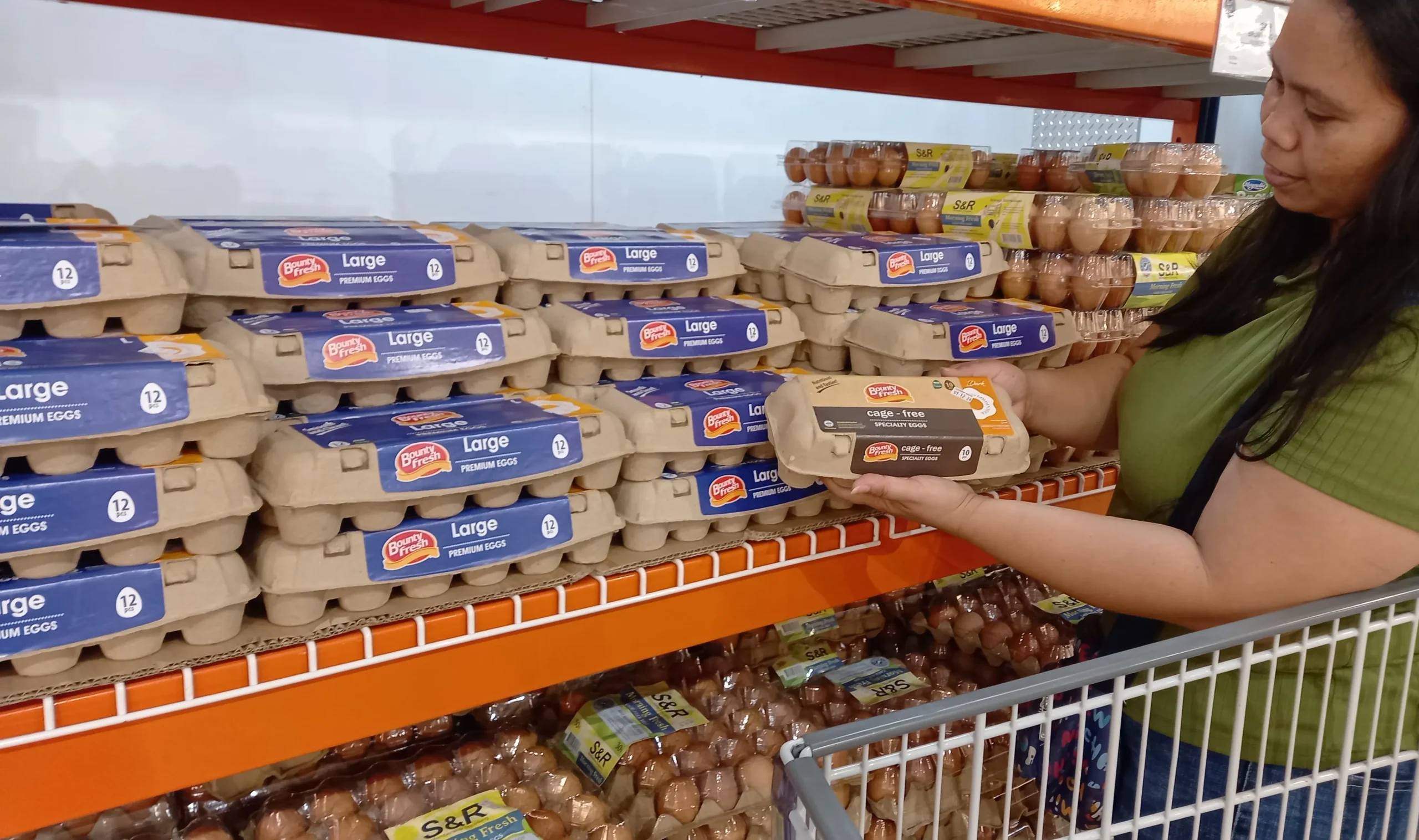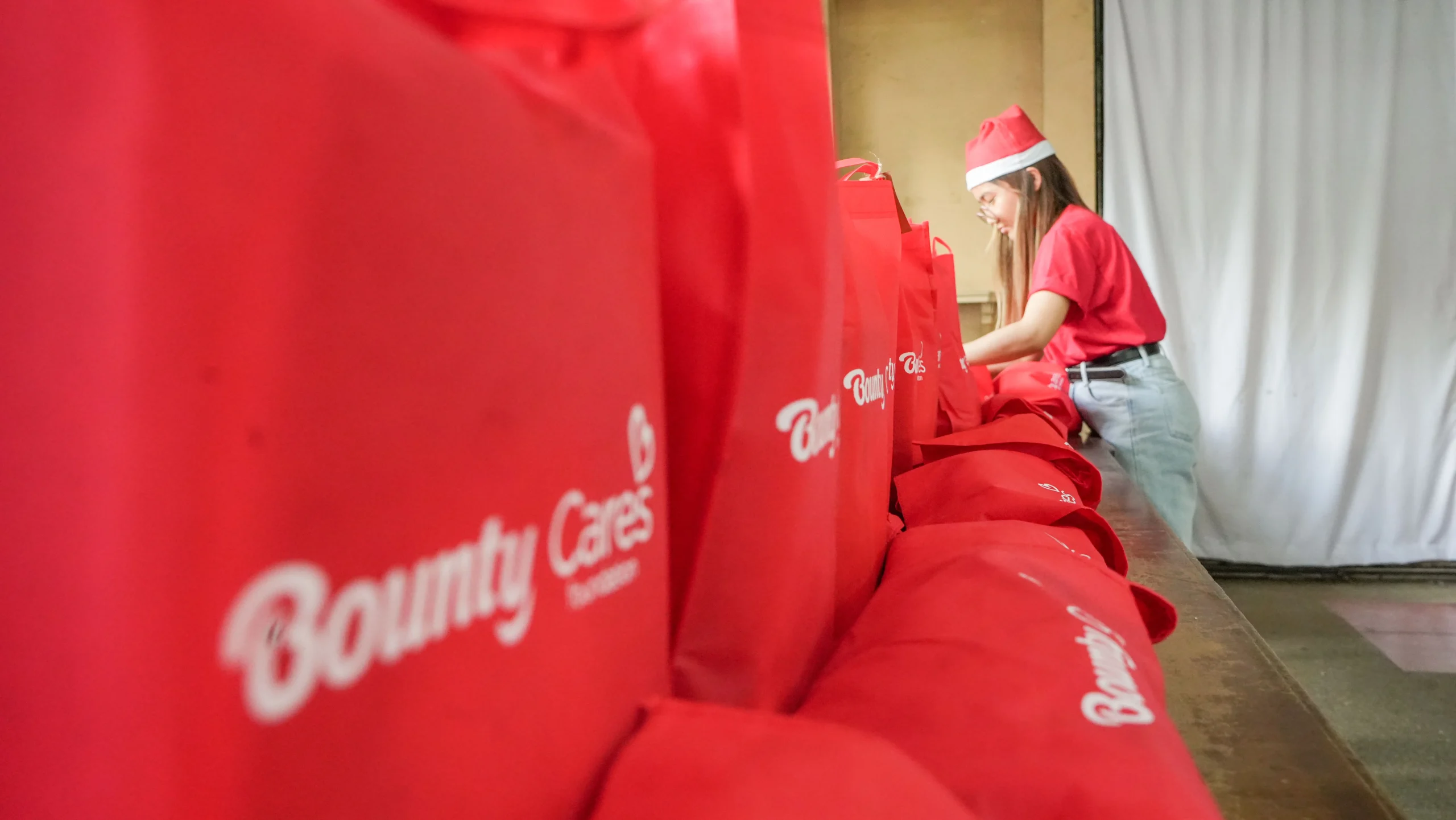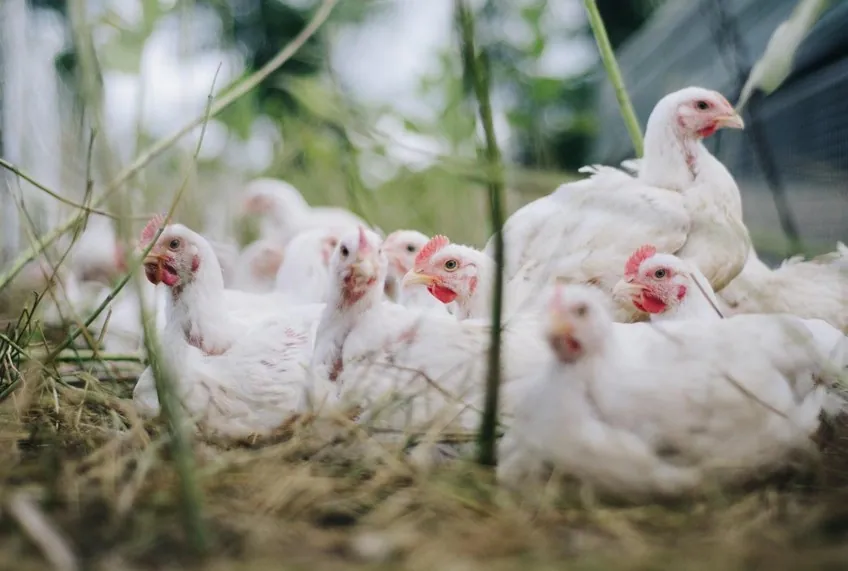Satisfying customers’ demands while addressing business and environmental concerns is a tall task for most industries. Fortunately, the poultry industry has an ace on its sleeve. From the quality-strict, health-conscious to most millennials and Gen Zs, cage-free farming has the benefits that a large chunk of the market is looking for.
One look at what’s being offered on grocery shelves will tell us that the landscape has changed. The question “What’s in it for me?” doesn’t cut it anymore for the discerning consumer. The conversation is now expanded to “What’s in it for other people and what’s in it for the environment?”.
Benefits of Cage-Free Farming to Consumers
So, how do cage-free products improve the lives of customers? Well, we can start with the most popular notion about this trend: healthier poultry products.
Cage-free chickens are raised in comparatively better conditions than their caged counterparts. Better practices generally yield higher quality and healthier products.
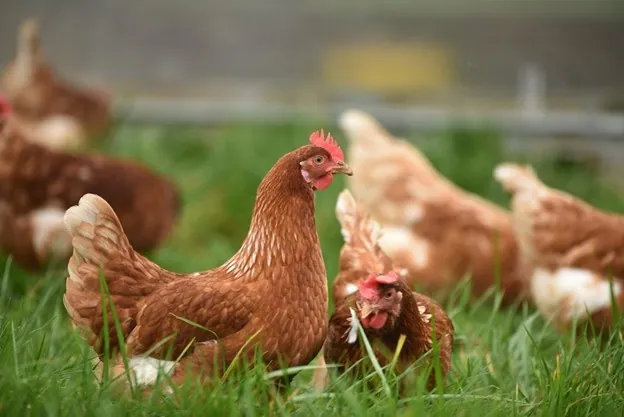
Another delicious benefit of cage-free is the freshness of its products. If you have ever tasted a fresh egg, you’d know what we’re talking about here. Chickens in cage-free systems are less stressed and healthier so they produce higher quality eggs and meat.
Benefits of Cage-Free Farming to Businesses
Another benefit is addressing the growing preference for more humane and sustainable options. There’s this wide gap in the market and it’s an opportunity that’s ripe for the picking. Over 2000 egg consumers participated in a survey in the US that found half of the participants were willing to pay a premium to get cage-free eggs.
Having cage-free written on product labels can enhance a brand’s reputation. Consumers pick products that resonate with their values. And in this age where information is available at our fingertips, more and more consumers are making informed choices on the products they buy. If businesses can meet the demand for more ethical and sustainable options, this will grant them a competitive edge in the ever-competitive food industry. By avoiding being a commodity, businesses can avoid competing with the lowest-priced competitor.
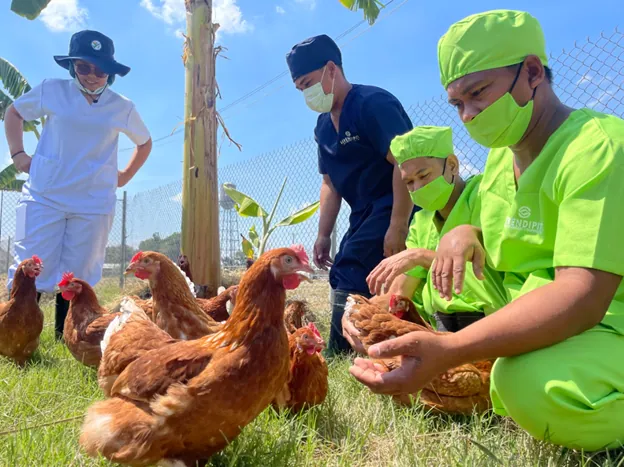
The growing customer demand doesn’t end with more humane and sustainable. Customers now want to sweeten the deal by supporting products that are deemed good for the environment.
Benefits of Cage-Free Farming to the Environment
60% of global greenhouse gas emissions come from the food production industry. Aside from odor, conventional methods that place animals in small spaces tend to affect the nitrogen and phosphorus flows in the area around the farm posing waste management challenges. Putting all that into perspective, every initiative that we put toward moving toward more sustainable methods is a win for the environment.
Also, there are cage-free farms that implement renewable energy and innovative waste management practices. These efforts result in poultry operations with a reduced environmental footprint.

Conclusion
In an eggshell (pun intended), the benefits that cage-free farming brings along transcend customers and businesses. It would be irresponsible to let the potential of this revolutionary poultry method to bring a positive impact on the environment remain untapped. Converting more people may ruffle some feathers. But, knowing now that it brings an array of benefits to consumers, businesses, and the environment, it seems like it will be worth the shot to put all our eggs in the cage-free basket.
If you are interested in learning more about the benefits of cage-free farming, visit https://bounty.ph/ to get started.
Resources
Hou, Y., Wang, Y., & Phillips, C. J. C. (2022). Cage egg producers’ perspectives on the adoption of cage-free systems in China, Japan, Indonesia, Malaysia, Philippines, and Thailand. Frontiers in Veterinary Science, 9, 1038362. https://www.ncbi.nlm.nih.gov/pmc/articles/PMC9793746/
Tsai, H. W., & Chen, M. F. (2023). Exploring the Impact of Human–Animal Connections and Trust in Labeling Consumers’ Intentions to Buy Cage-Free Eggs: Findings from Taiwan. Foods, 12(17), 3310. https://www.ncbi.nlm.nih.gov/pmc/articles/PMC10486878/
Lusk, J. L. (n.d.). Consumer preferences for cage-free eggs and impacts of retailer pledges. Agricultural Resources, Advance online publication. https://onlinelibrary.wiley.com/doi/abs/10.1002/agr.21580
Kollenda, E., Baldock, D., Hiller, N., & Lorant, A. (2020). Transitioning towards cage-free farming in the EU: Assessment of environmental and socio-economic impacts of increased animal welfare standards. IEEP Policy Report, October 2020. Institute for European Environmental Policy, Brussels & London. https://www.ciwf.org/media/7442240/transitioning-towards-cage-free-farming-in-the-eu_final-report_october.pdf
Walker, H. (n.d.). Sustainable egg production: Supporting performance and environment. Poultry World. https://www.poultryworld.net/poultry/layers/sustainable-egg-production-supporting-performance-and-environment/

